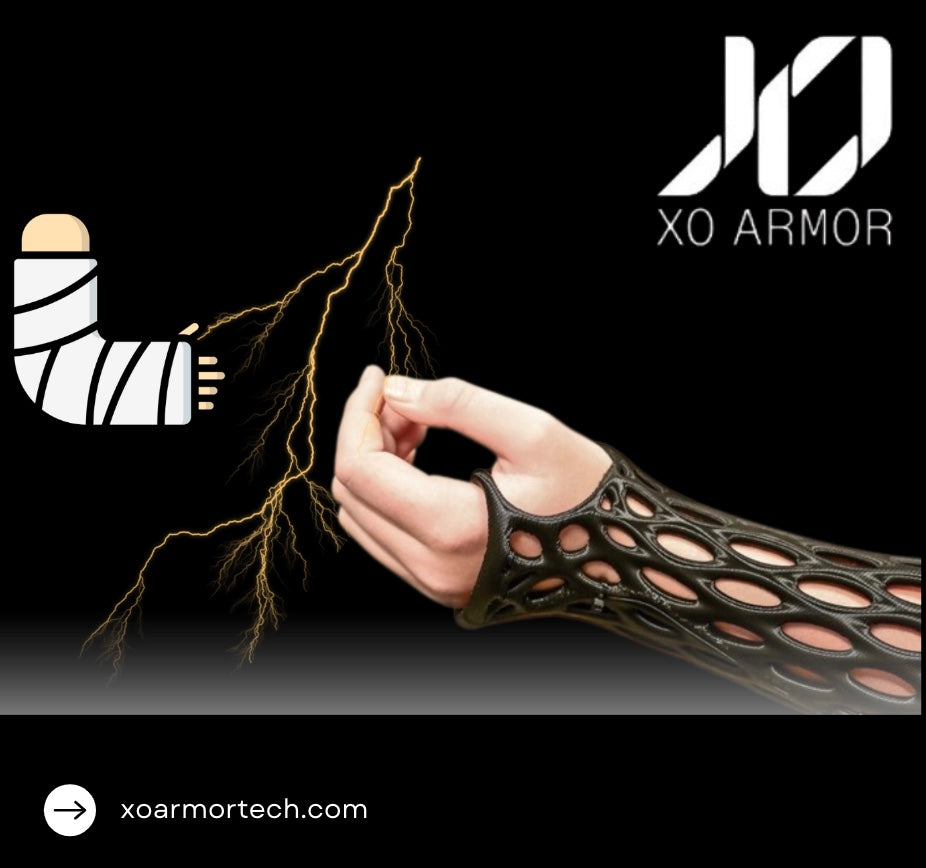To best appreciate the marvels of today's technology, it's essential to delve into its historical journey. The evolution of these devices is intricately tied to the emergence of innovative materials, escalating standards, and the ever-expanding array of purposes they serve.
Practitioners identified the necessity for diverse devices to aid in stabilizing, supporting, facilitating healing, and enhancing the mobility of injured individuals. This overview begins by examining the period of the late 20th century.
Casts and splints, which continue to play a crucial role today, function as supportive devices to maintain the alignment of injured bones throughout the healing process. Splints, often referred to as half casts, offer a less restrictive alternative to full casts. These devices prove beneficial in treating fractures, injured joints, tendons, or as post-surgery aids. The main objective is to immobilize the bone or joint, limiting movement and safeguarding against potential further injury. Doctors may opt for casts or splints based on the specific needs of the patient in a given situation.
Until the 1970s, plaster casts were the prevailing norm. However, the use of plaster of Paris casts diminished significantly, being largely replaced by synthetic casts, predominantly crafted from fiberglass.

To apply a plaster cast, a doctor first covered the injured area with a stockinette, typically crafted from thin, webbed material. Subsequently, they wrapped multiple layers of soft cotton around the designated area before applying the paste. Over time, the paste solidified into a protective casing.
While the popularity of plaster casts has waned over time, they still offer certain advantages. In comparison to alternative types, they are more cost-effective and easier to mold around specific areas. However, it's essential to acknowledge that they are prone to cracking.
In the late 1970s, synthetic casts, particularly those made of fiberglass, marked a significant advancement. A typical fiberglass cast comprises three layers. The innermost layer is a stockinette, a knitted fabric. The middle layer consists of a cotton bandage wrapped around the limb along with the stockinette. The outermost layer is a composite of resin and fiberglass, offering newfound benefits such as water resistance, enhanced breathability, and an improved drying rate.
Fiberglass casts are viewed as an advancement over their predecessors, offering a more modern approach that continues to be employed in clinics globally.
During the mid 1980s, pre-made casts emerged as an intermediate choice. Numerous practitioners preferred these off-the-shelf casts due to their simplicity and ready availability. These casts could be preordered and stored locally in medical facilities. Equipped with velcro straps, cushioning, and a combination of materials with varying properties, they allowed for fitting and adjustments. However, it's important to note that these casts lack full customization, breathability, water resistance, and may not conform well to individual patient body contours. Consequently, off-the-shelf casts are deemed unsuitable for the contemporary standards of the established patient-centric model in modern clinics.
As the evolution of materials, casting techniques, and demands continued, 3D printing emerged. To separate the reality from the hype, researchers investigated the advantages of 3D-printed casts over traditional ones in 2018. They saw the value of fabricating patient specific designs with improved materials to enhance wearer comfort and function. From that point, 3D printing technology advanced dramatically in the cast manufacturing field.
The appeal of 3D-printed casts isn’t based on hype alone. They are customizable, thin, waterproof, and easily removable. They help provide a more flexible, hygienic, safer option while helping to prevent infection and muscle atrophy, outperforming traditional casts in various aspects and representing a natural evolution in casting techniques, usage, and patient experience.
The digitized casts were found to be much easier to apply and remove, reducing the clinical burden and patient anxiety often associated with cast removal. They were also determined to facilitate better treatment and faster recovery, eliminating issues related to discomfort, heaviness, non-removability, itchiness, odor, and human error found in traditional casts made of orthoplastic material.

Beyond functionality, 3D printed casts stand out for their visual appeal, offering various shapes and a distinctive structure. This provides a stylish option for patients, especially children, reducing the stigma associated with wearing a cast. For individuals requiring serial casting, this is the solution that meets the requirements of contemporary lifestyles of patients.
In 2019, a landmark of sorts began with the COVID-19 pandemic. Related complications accelerated demand and increased the attractiveness of 3D-printing in clinics. The adoption of this technology enabled healthcare institutions to bypass the supply chain and help meet demand with devices made in-house.
Nowadays, as an industry leader in 3D printing, XO Armor Tech continues to offer a way to meet the demand for in-clinic cast manufacturing for medical practitioners to reinvent their casting process and provides assurance that future supply issues will not interrupt the all-important patient-centric care model.
While traditional casting techniques are successful in some cases, modern 3D casting techniques have established themselves in the dominant position among therapeutic and orthopedic solutions.


Share:
Get ready to be inspired by the journey of Michael Zabala, the visionary founder of XO ARMOR.
Methods for manufacturing individualized protective gear from body scan and resulting products.